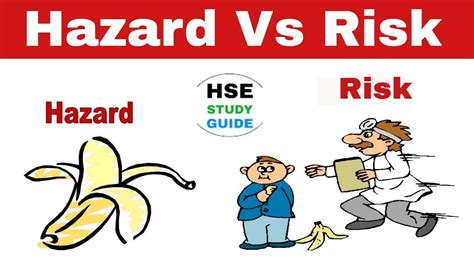Understanding the Risks of Liquidation in Margin Trading
The world of cryptocurrency trading has become increasingly popular in recent years, with many individuals and institutions seeking to profit from the volatile markets. While cryptocurrencies offer high potential returns, they also come with significant risks, including margin trading. Margin trading involves borrowing funds from a broker to purchase cryptocurrencies that are not held as collateral, which can amplify both gains and losses.
One of the most concerning aspects of margin trading is liquidation, where brokers seize assets (such as coins or tokens) if a trader’s position goes sour. In this article, we will delve into the risks associated with liquidation in margin trading and provide guidance on how to mitigate them.
What is Liquidation?
Liquidation occurs when a broker determines that a trader’s account has insufficient funds to cover their open positions. To prevent liquidation, traders typically deposit sufficient collateral (such as cash or other cryptocurrencies) against their positions. However, if the value of the collateral decreases or the trader’s position becomes unwinnable, the broker may seize assets as part of the liquidation process.
Risks Associated with Liquidation in Margin Trading
Liquidation carries several risks, including:
- Loss of Funds: If a trader’s account is insufficient to cover their open positions, they risk losing all or part of their funds.
- Margin Call Risk: A margin call occurs when a broker determines that a trader’s account balance has fallen below the required margin level. This can trigger a liquidation process if the trader fails to deposit sufficient collateral.
- Liquidation Fees
: If a trader’s position is liquidated, they may be charged fees by the broker for the seizure of assets and any costs associated with the liquidation process.
- Potential for Unrecoverable Losses: Liquidation can result in losses that are beyond a trader’s means to recover.
Mitigating Risks
While liquidation remains a risk in margin trading, there are steps traders can take to mitigate its impact:
- Diversify Your Portfolio: Spread your investments across different cryptocurrencies and asset classes to minimize potential losses.
- Manage Your Leverage: Be cautious with leverage (the ratio of the amount you borrow from the broker to the total value of your investment) and aim to maintain a safe stop-loss distance.
- Monitor Your Accounts Regularly: Keep an eye on your account balance and make adjustments as needed to avoid margin calls.
- Understand Liquidation Fees: Familiarize yourself with any liquidation fees charged by the broker, and factor them into your trading strategy.
Best Practices for Margin Trading in Cryptocurrency
To navigate the risks associated with liquidation in margin trading, follow these best practices:
- Start Small: Begin with a small position to minimize potential losses.
- Use Leverage Wisely: Use leverage only when necessary, and avoid excessive use that can amplify losses.
- Set Realistic Expectations: Understand the risks of margin trading and set realistic expectations for potential returns.
- Stay Informed: Stay up-to-date with market news and analysis to make informed decisions.
Conclusion
Margin trading in cryptocurrency carries significant risks, including liquidation. To mitigate these risks, it’s essential to understand the mechanics of margin trading, diversify your portfolio, manage leverage wisely, monitor your accounts regularly, and be aware of any liquidation fees charged by brokers. By following best practices for margin trading in cryptocurrency, you can minimize the risks associated with liquidation and maximize potential returns.



